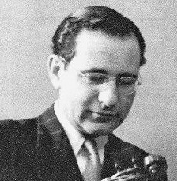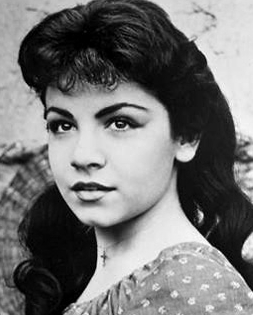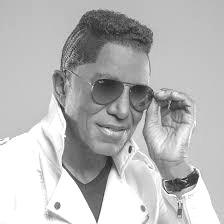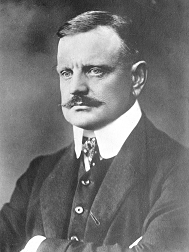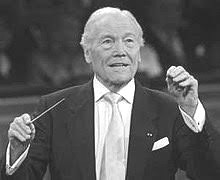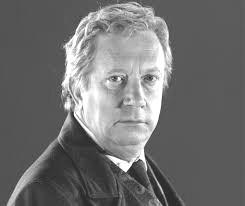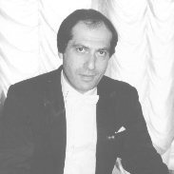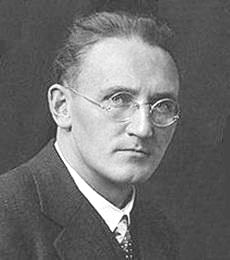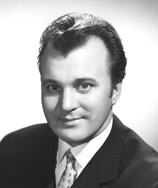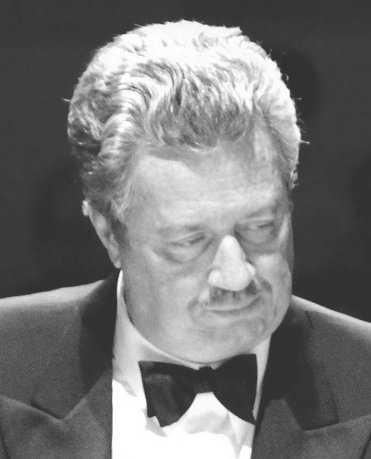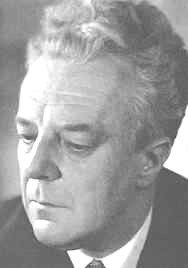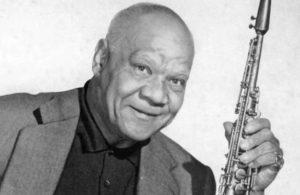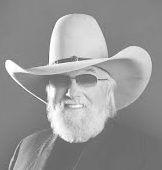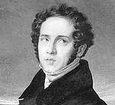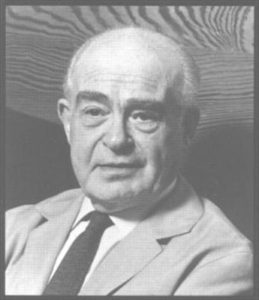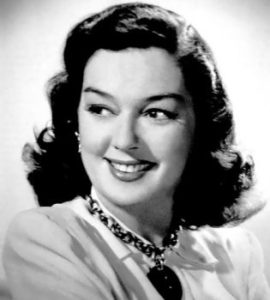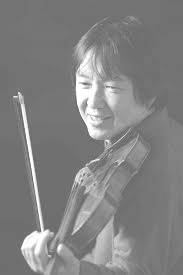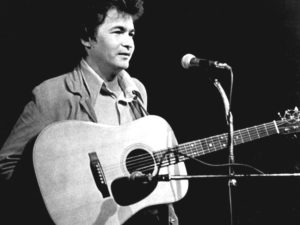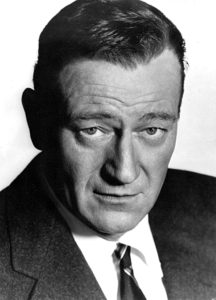REVIEW POTPOURRI – Musician: Morton Gould; Singer: Frank Sinatra; Conductor: Tchaikovsky
 by Peter Cates
by Peter Cates
Morton Gould
South of the Border
Columbia, m-593, 4 ten-inch 78s, recorded mid-’40s.
A very gifted pianist, composer, arranger and conductor, Morton Gould (1913-1996) straddled the worlds of classical and popular music very comfortably in a manner similar to Andre Kostelanetz, conductor and film composer John Williams and the latter’s Boston Pops predecessor, Arthur Fiedler. His classical compositions, often evoking American history, include Fall River Legend with its depiction of Lizzie Borden; and my favorite, the very powerful Spirituals for Orchestra. In later years, he wrote pieces featuring a rapper and a singing chorus of firemen for the city of Pittsburgh.
His LPs conducting such favorites as Rimsky’s Scheherazade, Copland’s Rodeo, Tchaikovsky’s 1812 and ballet waltzes, etc., are on my shelves.
But his most successful endeavors lay in the imaginative arranging of pop standards on a slew of albums, from the ‘40s until the late ‘60s, that were frequently categorized as mood music, similar to those of Kostelanetz, Fiedler, Percy Faith, Mantovani, Paul Weston and Bert Kaempfert. The above set consists of such hits as Brazil, Cielito Lindo, La Golondrina, and the mirthful Mexican Hat Dance. Unfortunately, it was only released on 78s and a ten-inch LP and is out of print, but a copy is listed on Amazon for 12 bucks; two selections from the album are also accessible on YouTube.
Frank Sinatra
The Voice
Columbia CL 743, LP, released 1955.
By the time this re-issue of selected early-to-mid ‘40s 78s appeared, Sinatra had been with Capitol records a couple of years. However, Columbia had quickly realized the cash cow potential of their own stockpile of tapes and began releasing 10- and 12-inch LP transfers. The move has proven very successful in the 65 years since.
The Voice contains 12 exquisite examples of the singer’s phrasing, characterizing and other facets of his unique set of pipes. And Axel Stordahl’s arrangements achieved a compatibility with “Old Blue Eyes” that was later matched only by Nelson Riddle. The songs include A Ghost of a Chance, Try a Little Tenderness, Spring is Here, etc. and the album has been transferred to CD.
An FS quote – “Alcohol is man’s worst enemy, but the Bible says to love your enemy!”
Tchaikovsky
Symphony No.6, “Pathetique”; Serenade for Strings; for the 6th, Marko Munih conducting the Radio Symphony Orchestra, Ljubljana; for the Serenade, Conrad Von Der Goltz conducting a chamber orchestra; CBS Special Productions PT 21698, cassette, released 1989.
Peter Ilyich Tchaikovsky (1840-1893) conducted the world premiere of his 6th Symphony just nine days before his death, caused supposedly by cholera after drinking an unboiled glass of water in a restaurant. To my mind, it is one very emotionally searing work and has benefited from a rich list of good to very great recordings, of which I own a few dozen.
The above is conducted by the 82-year-old Marko Munih, one of two very gifted conductors – the other being his late contemporary, Anton Nanut, who died just last year at 85 – whose recordings, via mainly cheap CDs sometimes labelled confusingly, have made their way to Western collectors since the collapse of the Iron Curtain. The performance is intensely powerful yet nicely poetic, while the playing is responsive and masterful, definitely as accomplished as the world’s finest in both Europe and the U.S. The sense of tragedy in the final 4th movement is well sustained.
The beautiful Serenade is also performed well.


